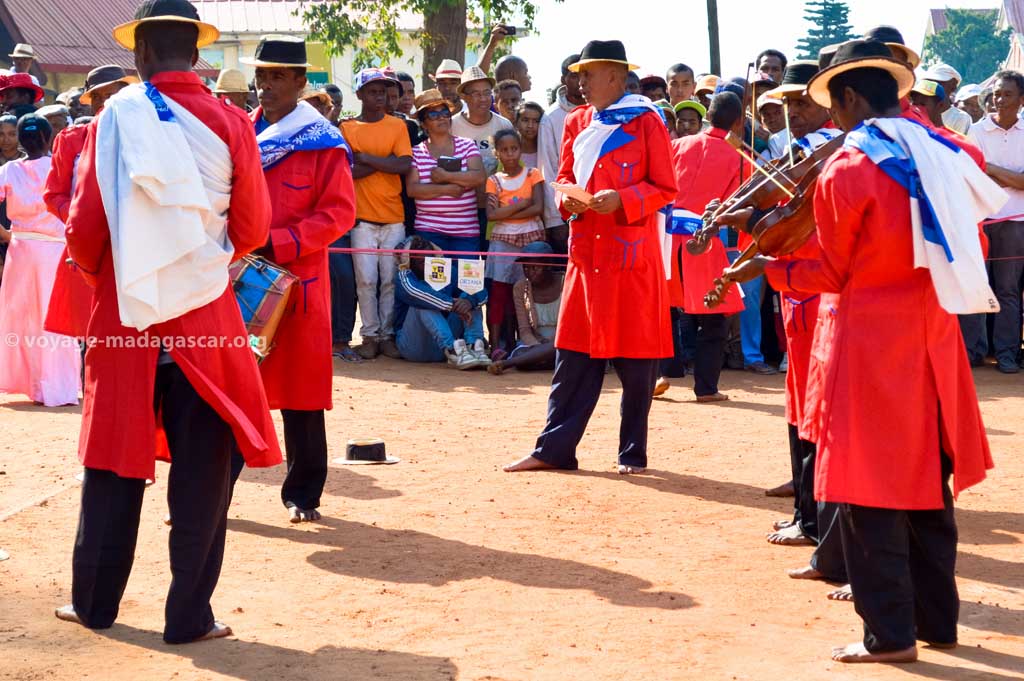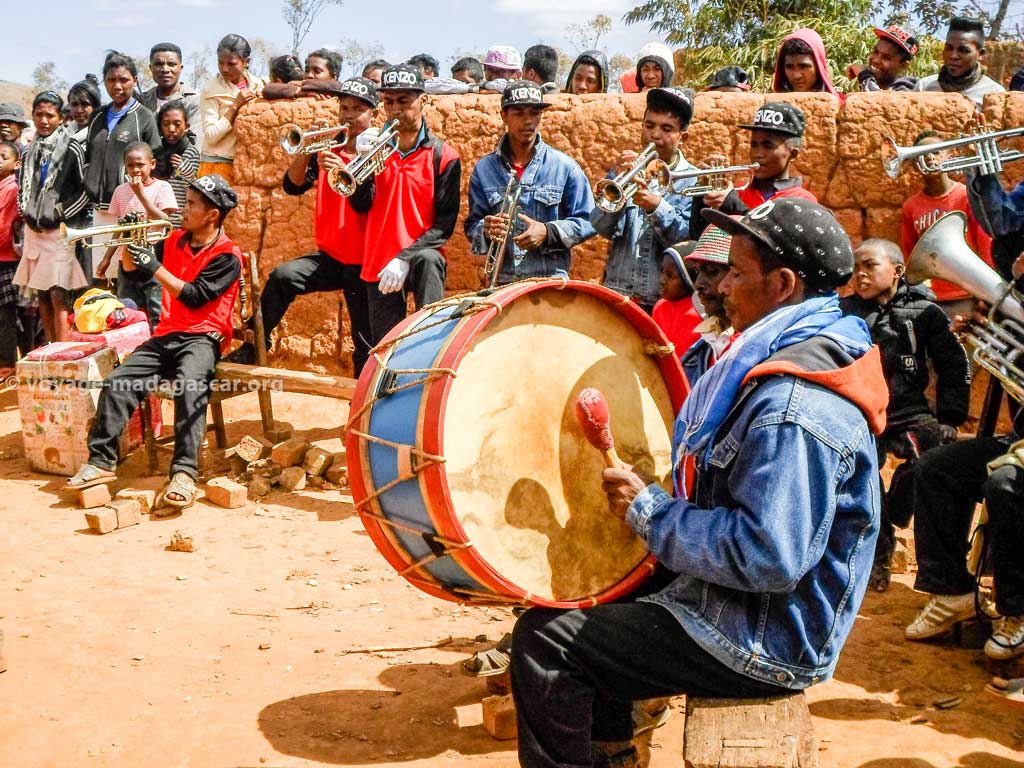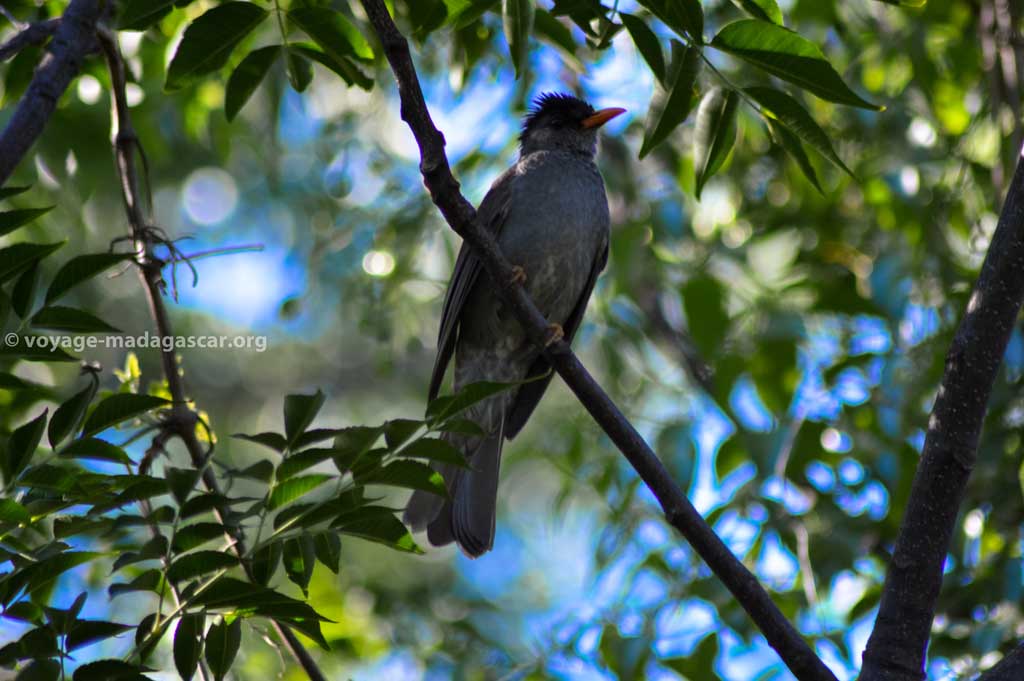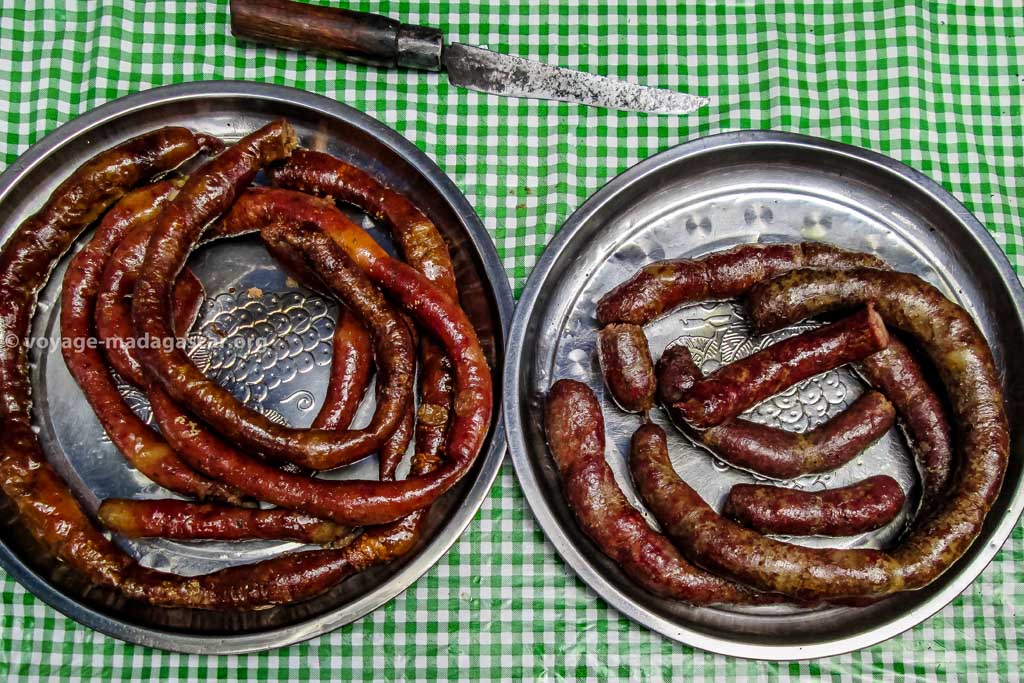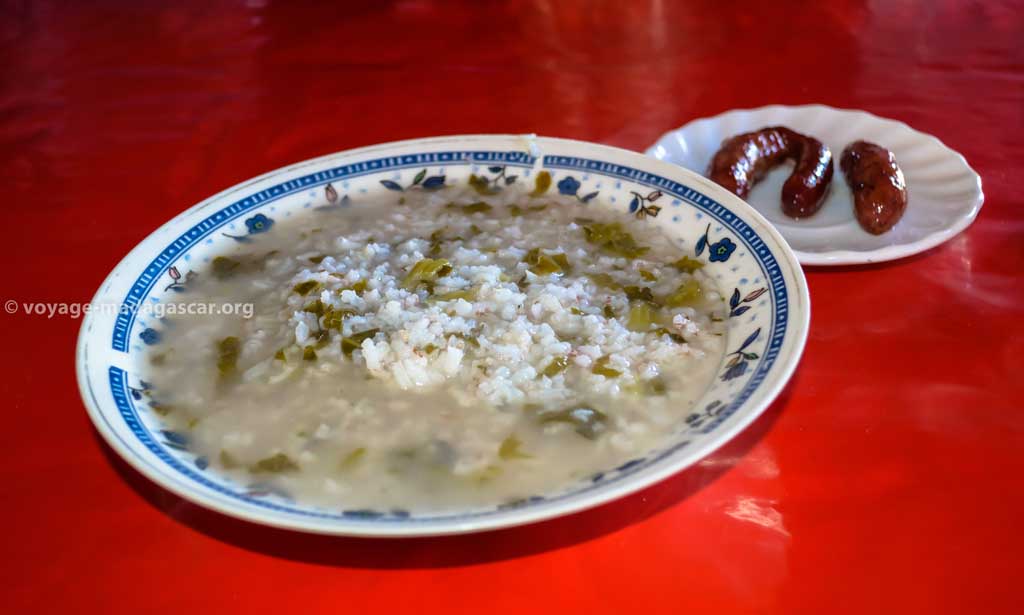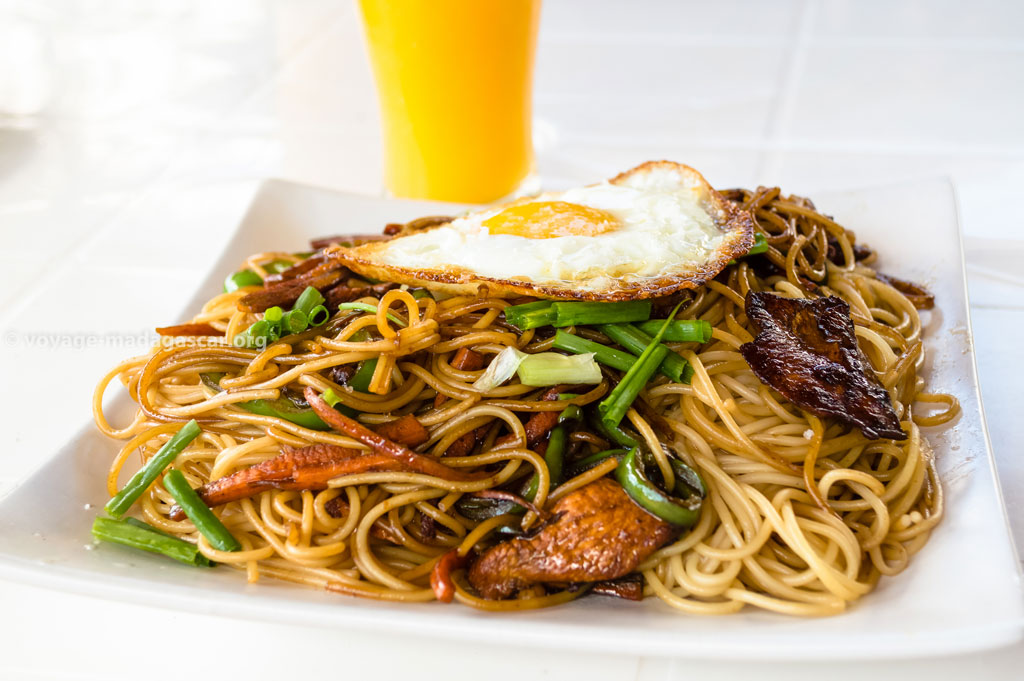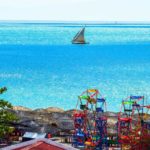Located in the Indian Ocean at 400 km from East Africa, Madagascar is also known as “the island-continent”, “the red island” and “the eighth continent”. All areas including landscapes, cultures, monuments and so many others make the “big island” a popular destination for many tourists.
The main objective of this site is to bring you to the heart of the natural, historical and cultural richness of Madagascar, whatever the reason of your visit. Our team is at your disposal, so that you can find precise answers to your questions.
Madagascar: a large island rich in culture
Madagascar is a culturally rich island with the Malagasy language “Malagasy”, a language that was born from the marriage between Malayo-Indonesian and Swahili. The thirst to live in Madagascar is translated as a desire to rub shoulders with the 18 tribes existing there. Each tribe has its own dialect. However, the people understand each other with the help of the “official Malagasy”.
Arriving at their destination, tourists will understand that the cultural identity of the country resides mainly in the respect of the ancestors and the “Fihavanana” or “friendship”. The population reflects this respect through the different customs and habits, to mention only the “Famadihana” or “exhumation”.
Malagasy traditional music does not let itself be overtaken by time. It knows how to attract the attention of the natives or visitors with themes with instructive and moralizing purposes.
The landscapes of Madagascar as well as its fauna and flora
Living in Madagascar is to expect to contemplate the richness contained by the vegetation. The green mountains and valleys are ready to satisfy the demands of hiking.
With these two very distinct seasons, including the winter, also known as the dry season and the summer, known as the wet season, the Red Island welcomes visitors in the heart of a very rich and diversified vegetation.
See also >> The Cost of life in Madagascar
The fauna and flora are home to endemic species, namely:
- numerous medicinal plants,
- unusual trees such as baobab trees, and
- Precious flowers including periwinkle and orchids.
The fauna is characterized by the thousands of original species, of which the most striking are:
- the lemurs,
- whales,
- reptiles and birds.
The designation of this eighth continent as a “paradise for naturalists” is by no means the result of pure chance. Various insects, butterflies, amphibians and fish exist there.
Living in Madagascar and discovering historical monuments and places
The initiative of living in Madagascar is ideal to discover the historical places containing the vestiges of the royal periods and the cultural richness of the country.
Museums, galleries, monuments, tombs of kings are at the rendezvous in the island-continent. Its market square located in the heart of the capital Antananarivo displays the remains of wooden stalls built in 1926, that is to say during the colonial era. This square is characterized by the series of brick pavilions aligned. People are there every Friday.
There are many activities to do in Madagascar, but you just have to get used to the temperate climate. Those who are fond of copious food with local specialties will be satisfied there, thanks to its gastronomic richness.
The fashions stores, discos, casinos, supermarkets, stores, travel agencies and hotels are ready to satisfy the expectations of visitors.


